An epic biographical drama of United States business magnate Howard Hughes as directed by Martin Scorsese captures our attention today. Starring an ensemble cast portraying the business, government and movie star classes throughout Hughes‘ life, The Aviator (2004) was written by John Logan for the movies to dramatize a view of Howard Hughes from the late 1920s through the middle 1940s.

Starting with a foreshadowing for the path the Hughes story will take, The Aviator begins in 1913 Houston, Texas with 9-year-old Howard taught to fear the germs of of a cholera outbreak while bathed by his mother. Portrayed by Jacob Davich and Amy Sloan respectively, Howard‘s mother would have him spell quarantine. The stage was being set for the forming personality that would begin to be revealed to the audience with the 1927 film Hell’s Angels (1930) that Howard Hughes, now portrayed by Leonardo DiCaprio, was directing.
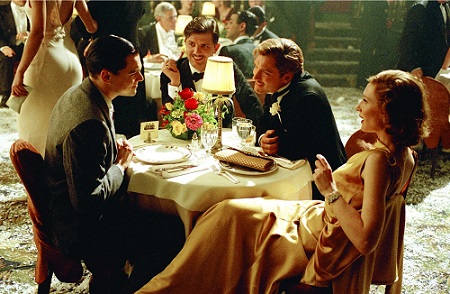
Noah Dietrich would begin managing the day-to-day business of the business empire that was growing for Hughes. It was upon seeing the movie The Jazz Singer (1927), a movie partially including sound, that Howard Hughes would begin reworking his movie to also include sound. Despite positive reviews without the sound, Hughes insisted upon bringing sound and realism to the movie in a manner that indicated an obsessive need to get there. Hughes became romantically involved with Katharine Hepburn during this period. Hepburn, as portrayed by Cate Blanchett, helped Hughes keep the symptoms of his obsessive-compulsive disorder in check.

It was in 1935 that we are introduced to the Hughes H-1 Racer. The introduction comes with Hughes setting a speed record and crash-landing the plane when it runs out of gas. On the heals of flying around the world in four days in 1938, we learn of Hughes purchasing the controlling interest of Transcontinental & Western Air (TWA), later renamed to Trans World Airlines. A rivalry develops from here with Pan Am (Pan American World Airways), Juan Trippe, and Maine Senator Ralph Owen Brewster. With Hepburn having moved on, Hughes would date Faith Domergue and Ava Gardner while maintaining feelings for Katharine Hepburn.

With a series of new construction contracts for the American military in the works, with the Hughes XF-11 reconnaissance plane and the Hughes H-4 Hercules / Spruce Goose flying boat converging into false arguments against the Hughes companies. A crash in Beverly Hills, California and the expense of the other plane converge with the airline industry inquiries and fundamental issue in Howard Hughes‘ personal life that speak largely to the true partner Hughes had in Noah Dietrich.
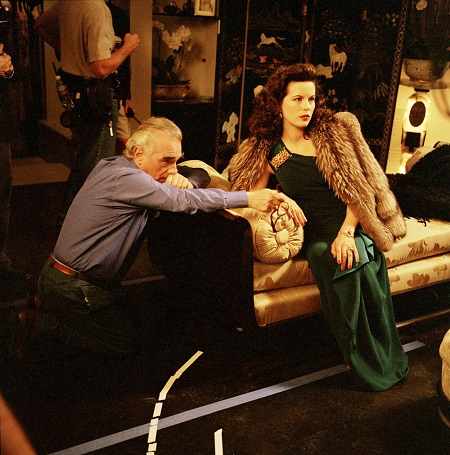
Five Academy Award wins would be granted to The Aviator, which was filmed in Montreal, Quebec, Canada. Received well by critics and moviegoers alike, the movie was based on the book Howard Hughes: The Secret Life by Charles Higham. The sets felt period appropriate with excellent flourishes of cinematography include. I grant The Aviator as directed by Martin Scorsese 4.25-stars on a scale of one-to-five.
Matt – Wednesday, May 31, 2023





























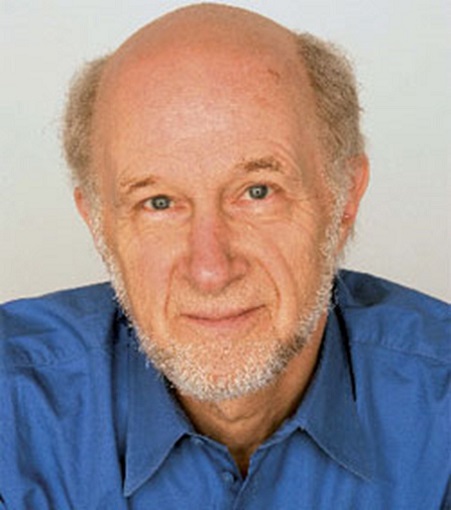

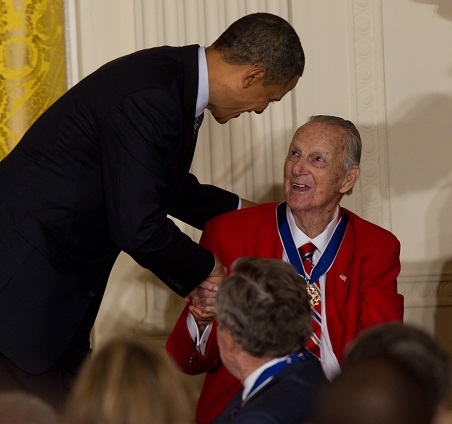

 (Brian Jay Jones, left, and Theodor Seuss Geisel, aka Dr. Seuss. Jones wrote the book Becoming Dr. Seuss).
(Brian Jay Jones, left, and Theodor Seuss Geisel, aka Dr. Seuss. Jones wrote the book Becoming Dr. Seuss). (The biography Becoming Dr. Seuss among books written by Dr. Seuss).
(The biography Becoming Dr. Seuss among books written by Dr. Seuss). (Dr. Seuss holding a copy of his book The Cat in the Hat).
(Dr. Seuss holding a copy of his book The Cat in the Hat). (A
(A  (Dr. Seuss‘ last book, Oh, The Places You’ll Go!, circa 1990).
(Dr. Seuss‘ last book, Oh, The Places You’ll Go!, circa 1990).
 (Bernie Kosar among fans seeking autographs).
(Bernie Kosar among fans seeking autographs). (Bernie Kosar, left, with repeated
(Bernie Kosar, left, with repeated  (Jimmie Johnson, left, with Bernie Kosar after the
(Jimmie Johnson, left, with Bernie Kosar after the  (Gary Danielson, left, and Bernie Kosar, right).
(Gary Danielson, left, and Bernie Kosar, right). (Left to right: Earnest Byner, Kevin Mack, and Bernie Kosar).
(Left to right: Earnest Byner, Kevin Mack, and Bernie Kosar). (Left to right: Reggie Langhorne, Bernie Kosar, and Ozzie Newsome).
(Left to right: Reggie Langhorne, Bernie Kosar, and Ozzie Newsome). (Bernie Kosar against Houston during the playoffs following the 1988 season).
(Bernie Kosar against Houston during the playoffs following the 1988 season).
 (English composer Andrew Lloyd Webber).
(English composer Andrew Lloyd Webber). (The Phantom of the Opera iconography).
(The Phantom of the Opera iconography). (English composer Andrew Lloyd Webber and English lyricist Tim Rice).
(English composer Andrew Lloyd Webber and English lyricist Tim Rice). (English composer Andrew Lloyd Webber and his first wife, Sarah Hugill).
(English composer Andrew Lloyd Webber and his first wife, Sarah Hugill). (English composer Andrew Lloyd Webber and his second wife, Sarah Brightman).
(English composer Andrew Lloyd Webber and his second wife, Sarah Brightman). (The most well-known musicals of English composer Andrew Lloyd Webber‘s career during the period covered by Unmasked: A Memoir).
(The most well-known musicals of English composer Andrew Lloyd Webber‘s career during the period covered by Unmasked: A Memoir).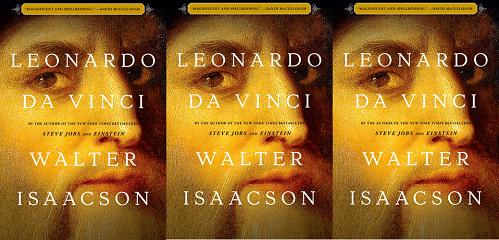
 (Leonardo da Vinci biographer Walter Isaacson)
(Leonardo da Vinci biographer Walter Isaacson) (The Mona Lisa painting by Leonardo da Vinci)
(The Mona Lisa painting by Leonardo da Vinci) (The Last Supper painting by Leonardo da Vinci)
(The Last Supper painting by Leonardo da Vinci) (The Vitruvian Man drawing by Leonardo da Vinci)
(The Vitruvian Man drawing by Leonardo da Vinci) (A Salai drawing by Leonardo da Vinci)
(A Salai drawing by Leonardo da Vinci) (Leonardo da Vinci by Walter Isaacson)
(Leonardo da Vinci by Walter Isaacson)
 (Viktor E. Frankl)
(Viktor E. Frankl) (People define meaning!)
(People define meaning!)